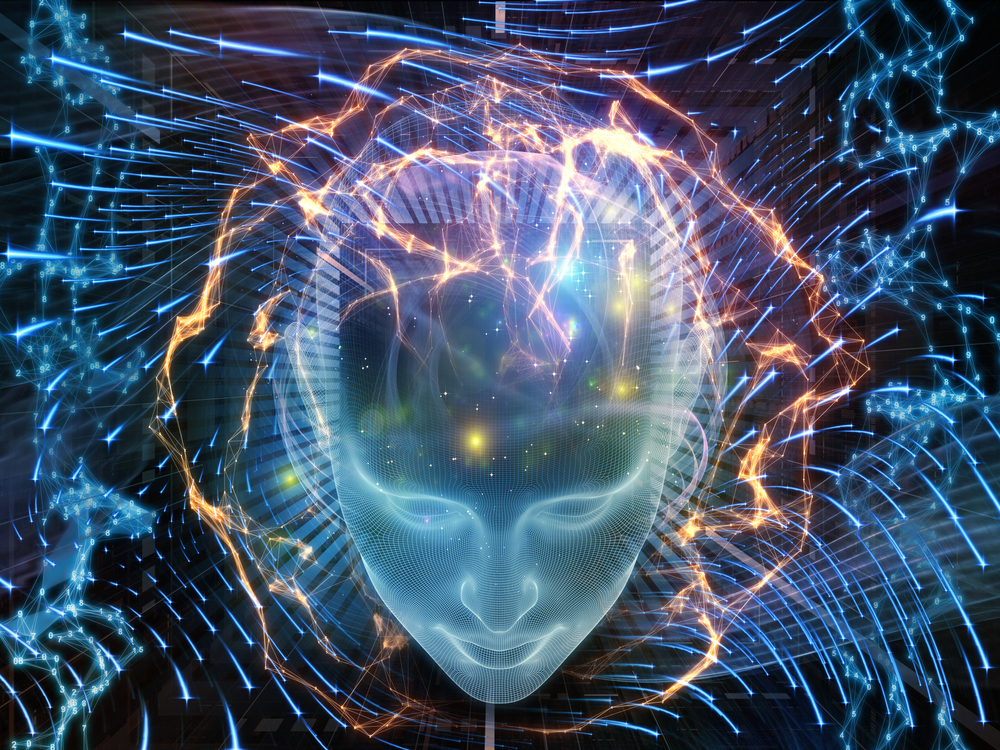Article
Brain Stimulation for Cognitive Deficits in Schizophrenia
Author(s):
A novel neuromodulatory intervention for an often-overlooked but nonetheless damaging effect of schizophrenia.
agsandrews/Shutterstock

RESEARCH UPDATE
The cognitive deficits associated with schizophrenia can have a more damaging effect on daily functioning than hallucinations and delusions. Problems with working memory and executive function can result in chronic disability and unemployment. Current therapies do not adequately address these deficits; thus, more effective interventions are urgently needed.
A novel neuromodulatory technique
Researchers at King’s College London in the UK looked at a novel neuromodulatory technique, transcranial direct current stimulation (tDCS), as a potential approach to improve cognition in patients with schizophrenia.1 In this non-invasive technique, low-intensity currents are applied to the scalp through electrodes. Previous research has shown that tDCS can enhance cognitive performance both in healthy control subjects and in patients with neurodegenerative and certain psychiatric disorders.2
Participants in the British study had a diagnosis of schizophrenia or schizoaffective disorder. Those who were receiving antipsychotics were on stable doses of medication for 3 months before enrollment in the study. Exclusion criteria included the recent or current use of benzodiazepines or other hypnotics; alcohol or substance dependence in the past 3 months; and a history of seizures, neurological disorder, or head injury.
Results
In this double-blind study, the participants underwent working memory and executive function assessment. They were randomized to receive either “real” or “sham” tDCS applied to the left frontal cortex. Twenty-eight participants also had a functional MRI scan.
Initially, there was no difference between the real and sham tDCS groups in online working memory task performance; however, 24 hours later, those who had received real tDCS had significant improvement. Real tDCS was associated with increased activation in the medial frontal cortex beneath the anode; this effect showed a positive correlation with consolidated working memory performance 24 hours after stimulation. In the real tDCS group, reduced activation was noted in the left cerebellum, but there was no change in the middle frontal gyrus or parietal cortices.
Improved performance on the executive function task was associated with reduced activity in the anterior cingulate cortex. Real tDCS modulated functional activation in local task-related regions and in more distal nodes in the network.
Study limitations
The study had a relatively modest sample size. In addition, functional MRI scanning performed before tDCS would have allowed a more powerful within-subject analysis of the effects of real tDCS.
Real-world implications
New interventions are needed to treat cognitive deficits in patients with schizophrenia, and tDCS is a promising option. “It’s critical that we address some of the cognitive deficits seen in people with schizophrenia, as these determine how people do in real world settings, such as work and relationships,” said study author Dr. Natasza Orlov.
References:
1. Orlov ND, O’Daly O, Tracy DK, et al. Stimulating thought: a functional MRI study of transcranial direct current stimulation in schizophrenia. Brain. 24 July 2017. doi.org/10.1093/brain/awx170.
2. Reinhart RM, Zhu J, Park S, Woodman GF. Medial-frontal stimulation enhances learning in schizophrenia by restoring prediction error signaling. J Neurosci. 2015;35:12232-12240.





